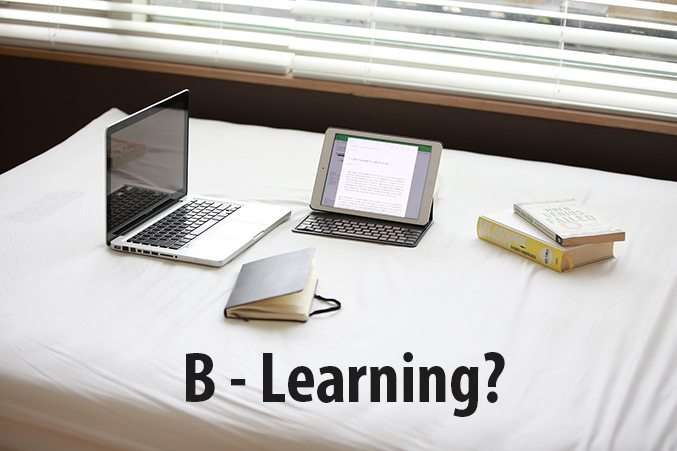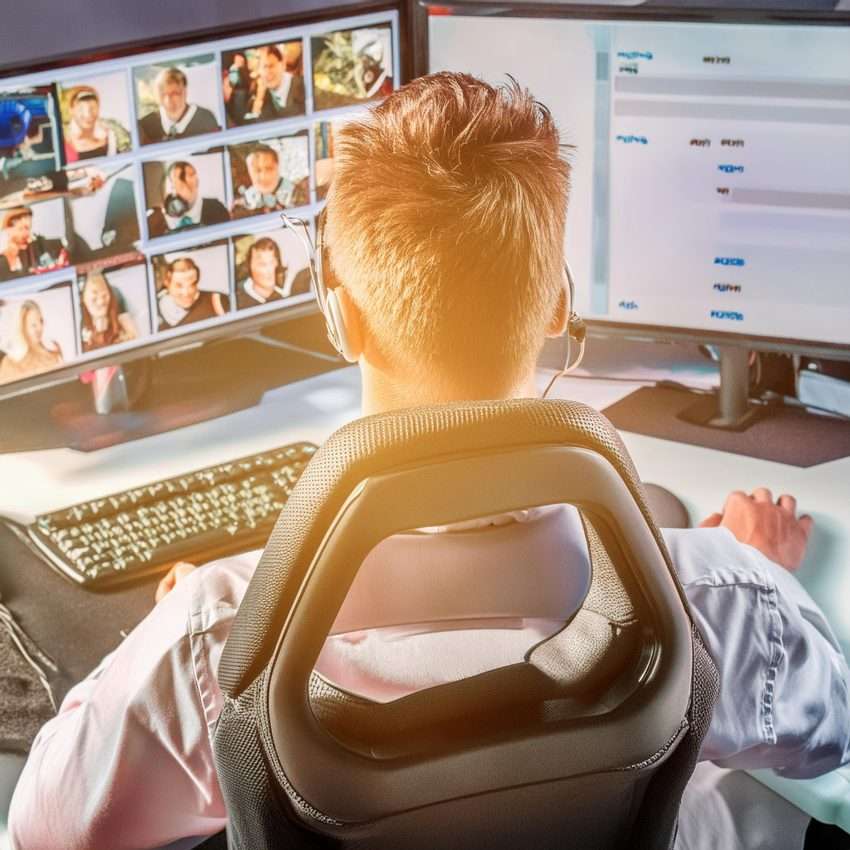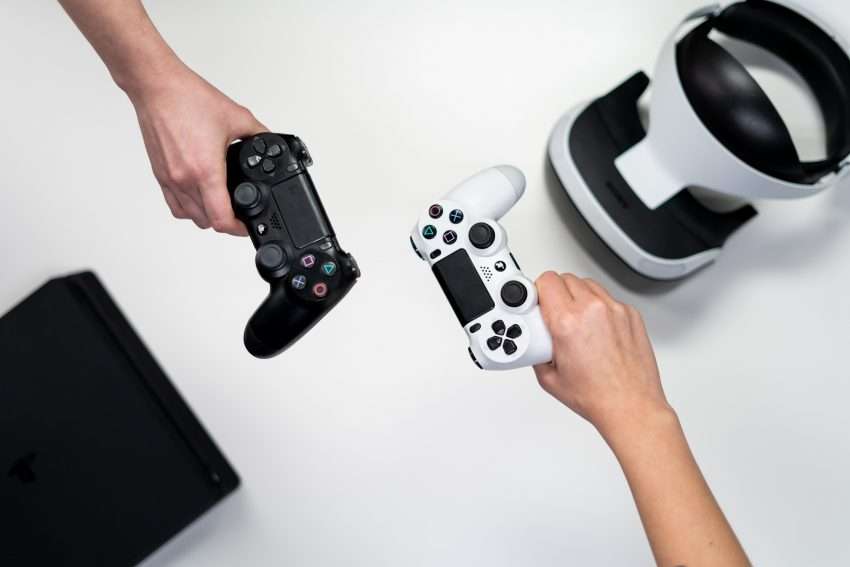B-Learning is all the rage. If you go to a training fair anywhere in the world or if you talk to any HR manager in any major multinational, then you’re going to be hearing that term over and over again. But what exactly is b-learning?
Definition of b-learning
B-learning stands for Blended Learning and it refers to the combination of face-to-face training (with teachers in a classroom) and online education (courses over the Internet or on other digital formats). B-Learning is therefore a hybrid system of learning that mixes these two systems together.
The idea behind this teaching method: To step back from the dichotomy there is between the classroom and the computer. According to those in favour of b-learning, it’s not a question of committing to one or other system, rather it’s about benefiting from the advantages that both methods of learning offer. The key is in finding the right mix and in not abandoning (due to long-standing inertias or the latest trends) either of these two teaching methods.
In English, b-learning is also referred to as “blended learning”, “hybrid learning”, “technology-mediated instruction”, “web-enhanced instruction”, and “mixed-mode instruction”.
Advantages of b-learning
The key to successful b-learning programmes lies precisely in being able to obtain the best of the two worlds.
On the one hand, face-to-face training allows teachers to be in direct contact with their pupils, it facilitates interaction with the students in the physical world and it is an effective tool by which to transmit knowledge. Its use can help us to organise tasks in a more efficient way, it can encourage teamwork and it facilitates a more personalised attention in accordance with the needs of each pupil.
On the other hand, online training provides students with greater flexibility as they can do their course work anywhere and at any time that suits them, it makes it easier for them to send all manner of documents (texts, videos, slides, audio, info graphs…) and it makes it possible to gather a considerable amount of information as to each student’s learning process. This method can also be applied to many students at a low cost, and it makes it possible to update the course content matter much more quickly.
The combination of these two teaching methods (if it is done well, of course) has been shown to be more efficient than face-to-face learning and it increases students’ motivation and implication.
Examples
Although the definition of b-learning may well be simple enough, in actual practice there is no single way of applying this teaching method. Depending on the needs of the teachers and the pupils, and on the content of the subjects being taught, b-learning can vary in how it uses the online and the offline worlds. While face-to-face classes are preferred in certain cases, in others they prefer to rotate between the two systems or they may well prioritise digital teaching.
For example, in San Diego in the States, the High Tech High network of schools has come up with a b-learning system in which many of the classes are split half-and-half between face-to-face learning and digital learning. They have some 5,300 primary and secondary students spread across 13 state schools who are using programs such as ALEKS to supplement their maths classes or others such as Rosetta for language teaching. In 2010, the numbers seemed to suggest that the semi face-to-face model was the right model: 100% of the students got into University and 93% of them passed the California High School Exit Exam (as opposed to an average of 80% of students in the State as a whole).
The corporate world has also given a warm and enthusiastic welcome to b-learning. For years now, for example, Cisco System in the USA has been including online videos as part of the corporate training that their employees undergo. Other companies, such as the consultants Ernst & Young, have also taken advantage of the economic savings and the geographical dispersion of its workers to combine the courses they impart in their conference rooms with an ambitious programme of digital training.
Education in the 21st century
B-learning is the latest example of the transformations that education is going through everywhere on the planet. The new technologies, the popularity of e-learning, the need to develop new technological skills, the growth of game-based learning and the omnipresence of mobile phones in the 21st century point to a new way of teaching and a new way of learning.
As far as the gurus of b-learning are concerned, the solution is obvious: bring together the best of the online and the offline worlds to create a learning system that adapts to the pupil and is more active, flexible and efficient.





